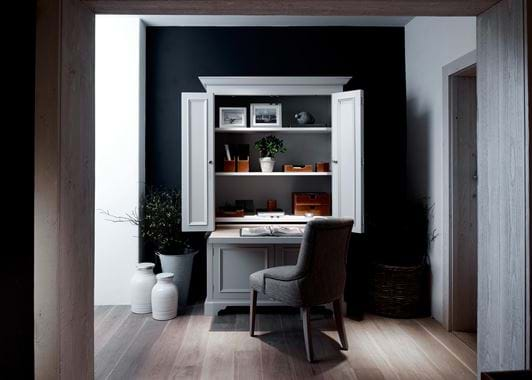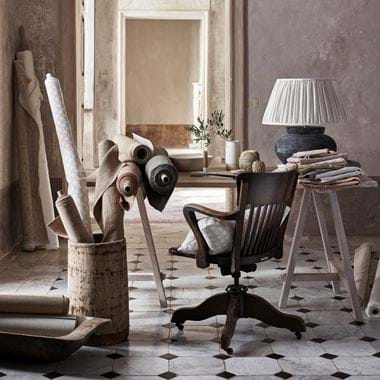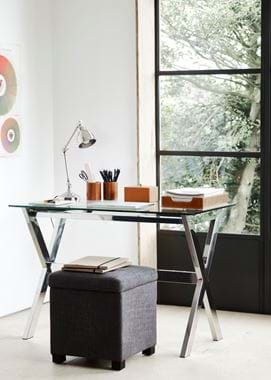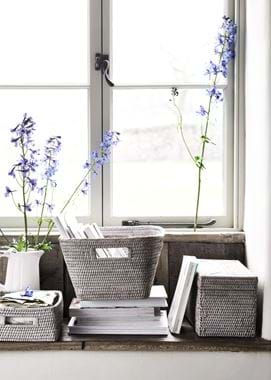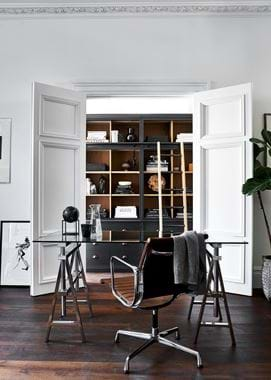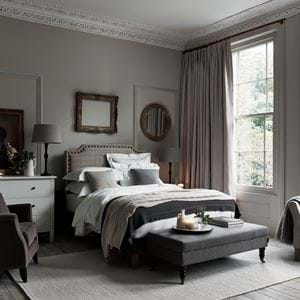How to work well at home
How to work well at home
Today’s flexible workspaces mean that more and more of us are working from home. For some, the transition from office to home is an easy one, but for others, it doesn’t come quite so easily with distractions being all too tempting.
Working from home is the ideal for many people: the chance to spend more time in a place you love, unburdened by the distractions of a busy office or the slog of commuting. Being in less-pressured surroundings means more freedom, less stress and, many people argue, higher productivity. But there’s still a lot of debate about how good home-working is for us. US workplace analytics company Humanyze suggests that whether it suits you depends largely on your profession, your personality and how much human interaction both demand. For those who are organised and can structure their day around deadlines, working from home tends to feel like a more calming atmosphere. On the other hand, if you’re somebody who needs some hustle and bustle for motivation, being at home during office hours can end up being more stressful. It’s certainly not for everyone, but for those that it does suit, it can make your professional life a far richer, happier and more positive experience.
If you work from home regularly, you’ll know that the biggest benefit is having more time to enjoy the physical comforts and emotional attachments of your space – be it the company of a pet or a favourite garden view. Simple, homely things like afternoon tea breaks or listening to the radio make work a more pleasurable experience (providing you have the self-discipline to get things done). The seasons bring certain temptations though. In winter, remaining in cosy pyjamas and a dressing gown all day long may cross your mind, and in summer, you're likely to want to get out and enjoy sunny weather. So, if you’re fortunate enough to have the flexibility to work remotely, these are some of the things that we find helpful considerations to make your days away from the office peaceful and productive.
Comfort is the first rule of home working. Don’t underestimate the importance of choosing your office chair – check it works with the height of your desk (especially if it has arms) as well as how it supports your body. But also remember that one of the pleasures of working from home is that you don’t need to stay in one spot. Move to a cosy armchair for your morning cup of tea or for tasks that require less typing and more reading. And if you have the space, this is the perfect excuse to buy that armchair you’ve had your eye on, which can live in your study, making the room feel all the more welcoming.
Ideally, you’ll be able to commandeer a spare room as your home office, but not everyone has that luxury. In the latter case, choose a quiet area where you’re least likely to be disturbed and set up a freestanding workstation that you can shut up once the day is done (such as our Chichester design). Creating boundaries is vital so that you don’t feel like work is taking over your home life, or vice versa. It can be surprising how effective turning a nook or passing space into an office area can be – hallway or landing areas can often be the perfect spot. But equally, if your space is limited and your bedroom has a window with a lovely view, don’t feel like you can’t move your desk here. Be sure to do it in a way that complements your bedroom (think pretty writing desk, elegant chair and attractive lamp) and to leave the table top paper-work free at the end of each day.
There are ways to keep paperwork and admin from looking unappealing. Seek out boards (not corkboards) where you can clip must-not-forget notes and keep an evolving gallery of ideas and projects. This will help you to feel organised and focused, but it can also really work with your interior. We love wire-frame ones, or if your home is more traditional, a fabric board with interlacing ribbon is a lovely alternative. If possible, place your desk near a window with good light and a nice view. One will motivate you, the other will boost your mood and energy.
Make to-do lists each day and tick things off. It sounds obvious, but it’ll keep you focused and stop you drifting into relaxation mode – one of the chief hazards of home-working. This is one of the most effective ways of staying structured, because it forces you to think through what is achievable, and to stick to what you’ve set out.
The right storage and lighting are crucial, but think beyond the practical. Your office needs to be a place you enjoy being in, not one to be merely endured. Perhaps you have a favourite wallpaper or colour scheme that hasn’t quite fitted in elsewhere in your home? Invest in shelving so that you have space to store but with everything easily accessible (stack them with books too, because books always encourage creative thought). A task-style desk lamp is essential, but so are other lamps as opposed to overhead lights. Lighting needs to feel soft and ambient, not bright and dazzling.
Amy Bradford is the former features director of ELLE Decoration. She’s now a contributing editor at the title and also writes on interiors for The Telegraph Magazine and Stella.

